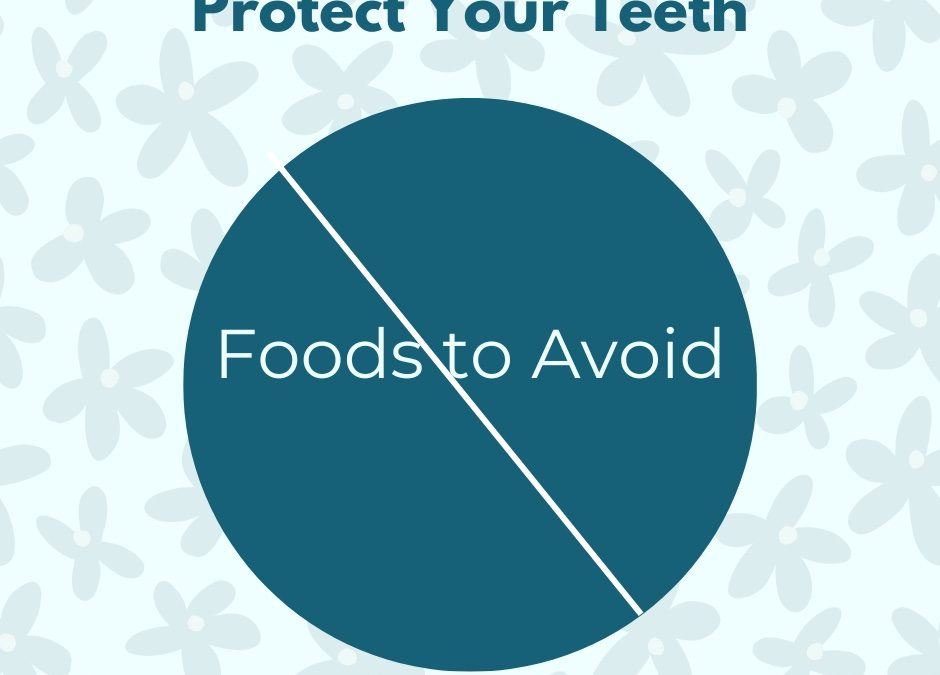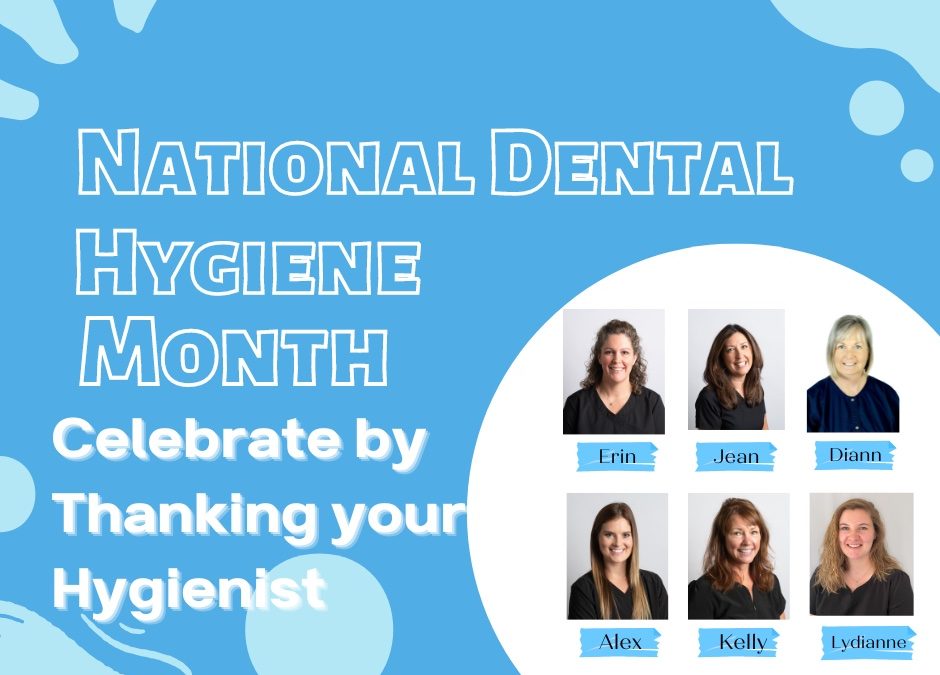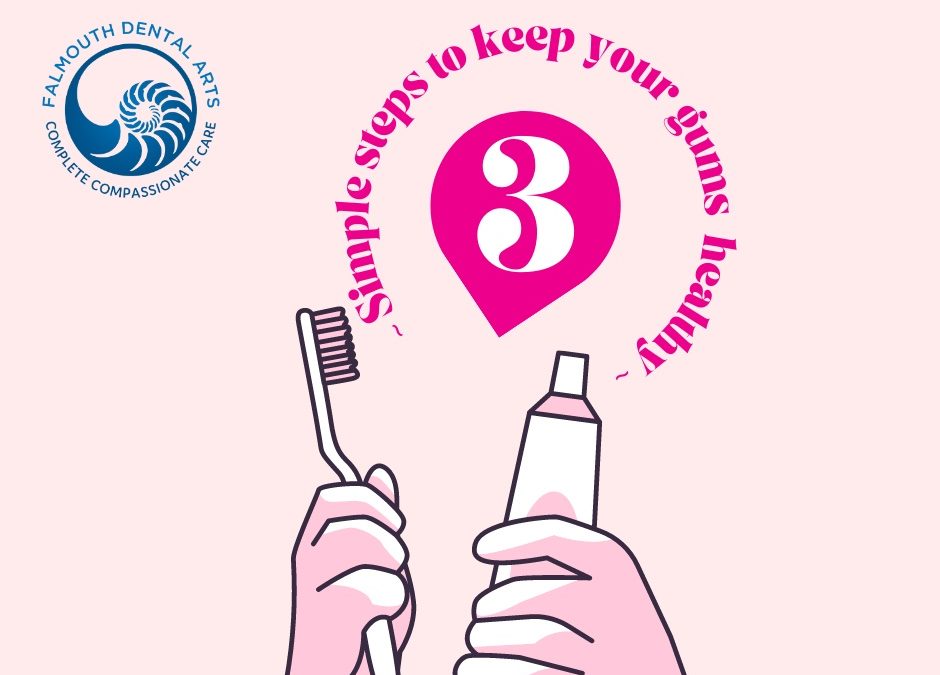
Nov 3, 2023
November is here and Thanksgiving is around the corner. It’s a good time to pause and reflect on what you are grateful for right now. At FDA, we have so many reasons to be thankful! To celebrate the season, we wanted to share with you what is number one on our gratitude list…
Our Patients!
We are so grateful for you – our family of patients. Thank you for trusting us with your oral health care! We have dedicated our lives to helping our patients have the healthy smiles of their dreams and are honored to be a part of your health care team.
Our team of compassionate dental professionals is committed to providing patient comfort while also providing the highest quality dental care. We want you to feel confident in your understanding of dental health so that you can always make the best decisions for your well being. If you have questions, we are always happy to go deeper with you into your treatment options and home care. We love educating our patients about oral hygiene best practices as well as the importance of a healthy diet. Our goal is to develop a partnership with you. We wouldn’t be here without you, so thank you for helping us do the work we love.
What are you grateful for this season? We’d love to hear from you – let us know at your next appointment or comment on our Facebook page. If you have any questions about your oral health or need to come in for a cleaning to show your teeth some gratitude, please give us a call at 207.781.5900.

Nov 2, 2023
You brush, you floss, you come in for regular check ups with Dr. Brunacini or Dr. Karagiorgos…what more can you do to protect your teeth? Good oral health doesn’t just happen in the dentist office or in your bathroom…it also happens in your kitchen and at your breakfast table. Your body is a complex machine and your diet has a big impact on your oral health. In other words, what you eat matters! At FDA, we provide dental care that goes beyond your smile and takes the health of your whole body into account. We’ve talked about foods that can boost your oral health, like apples and yogurt, but what are some foods you should steer clear of in the name of protecting your pearly whites? Here are five foods to avoid:
Sticky Foods
It should come as no surprise that candy can cause cavities. Gummies and sticky taffy are some of the worst offenders! However, there is a sticky food people often associate with healthy snacking – dried fruit. Many dried fruits are quite sticky and can get stuck in the nooks and crannies of your teeth. Dried fruit also tends to be high in sugar, which can lead to cavities.
Ice
Nothing beats an ice-cold drink on a hot day! However, if you find yourself regularly crunching on the ice chunks in your refreshing beverage, you may be setting yourself up for a cracked tooth! Do your teeth a favor – and avoid an emergency visit with Dr. Brunacini or Dr. Karagiorgos – and break the habit! For added protection, use a stainless steel or compostable straw to sip icy drinks.
Too Much Citrus
Citrus fruits are highly acidic and frequent exposure to acidic foods can erode your enamel. The acidity can also cause sensitivity in your teeth and gums. While consuming vitamin C is an important part of a healthy, holistic oral care routine, make sure you don’t go overboard. Using a straw while you sip your OJ can help limit exposure to your enamel and a simple fresh water rinse after drinking fruit juice or eating citrus can help protect your teeth.
Soda
Soda is bad for your health and bad for your teeth. Those sugary drinks are food for plaque bacteria, which turns the sugar into acid that can damage your enamel. Caffeine in soda can also dry out your mouth, which creates an environment where cavity-causing bacteria can thrive. If you can’t give up your soda fix, make sure you drink plenty of water as well.
Starchy Snacks
Many people only worry about sweet treats when it comes to their oral health, but starchy snacks can be just as damaging. Snacks like potato chips are starchy and get stuck in the nooks and crannies of your teeth. Starches are complex carbohydrates with long chains of sugar molecules. When left behind, your saliva turns that starch into sugar that feeds bacteria in your mouth, which can lead to tooth decay and gum disease. After indulging in your favorite crunchy, starchy snacks, make sure you rinse with water, spend extra care brushing and flossing to remove any leftover food particles.
If you have questions about how your diet is impacting your oral health or need to schedule your next appointment with us, please give us a call at 207.781.5900. We are your partner in oral health and here to help!

Oct 2, 2023
Need a reason to smile? The first Friday in October is World Smile Day. This unofficial holiday has a simple mission: to encourage people to do acts of kindness and help others smile. At FDA, we love helping our patients achieve the smile of their dreams! Whether it’s finding a home-care routine that supports your oral health goals or a cosmetic procedure that boosts your confidence, we are in the smile business. To honor World Smile Day, we look at the history of this fun worldwide celebration, and outline the ways we can help you smile today…and everyday!
World Smile Day
Back in 1963, commercial artist Harvey Ball created the smiley face – that iconic cheerful, yellow circle with an eyes and mouth. The image became one of the most recognizable symbols of goodwill and cheer in the world. Concerned about the over-commercialized use of “Smiley” and the loss of its original meaning, Ball created World Smile Day. He believed that everyone should devote at least one day to smiles and acts of kindness. The first Smile Day was held in 1999 in Ball’s hometown of Worcester, Massachusetts. You can join the celebration each year on the first Friday in October by following its simple challenge: “Do an act of kindness. Help one person smile.”
Helping Mainers Smile
Since 1974, Falmouth Dental Arts has been on the cutting edge of dentistry and focused on patient care. For us, a healthy and happy smile is about more than just clean teeth. It’s about your whole-body health and your comfort when you are in our care. We work closely with you to design a dental plan that fits your needs and your budget so you can make the best possible choices for your health. We offer a wide range of services to provide the best oral care possible and help our patients achieve the smile of their dreams!
- Family Dentistry – We believe that oral health is important at every age, no matter the state of your dental health. Dr. Brunacini and Dr. Karagiorgos and our entire staff are committed to providing a caring and compassionate environment for you to receive excellent dental care. Our use of crest-of-the-wave technology, such as 3D Imaging and Same-Day Crowns, offers patients the highest quality of care and more comfortable experience. We will help you maintain your oral hygiene and develop a home care regimen that improves your oral health and gives you a bright smile that will last a lifetime!
- Cosmetic Dentistry – When you’re self-conscious about showing your teeth, you may talk less, laugh less, and smile less. We can help you change that in just one or two dental visits. Many dental issues can be addressed with cosmetic dentistry – from chipped teeth to crooked teeth, stained teeth or lost teeth. A simple consultation with Dr. Brunacini or Dr. Karagiorgos can help you get on the path to the smile of your dreams!
We’d love to hear about what is making you smile these days! Please share with us on our Facebook page! Bonus points if you share an act of kindness on World Smile Day! If your smile needs a little attention and care, give us a call today at 207.781.5900. We can set you up with a consultation appointment for a cosmetic procedure or help you schedule your next check up. Let us help you have a healthy, happy smile!!

Oct 1, 2023
Have you thanked your dental hygienist recently? Well, now is the perfect time because October is National Dental Hygiene Month! FDA’s caring and wonderful team of hygienists are truly the heart of our practice. Alex, Diann, Erin, Jean, Kelly, and Lydianne are who you see at every cleaning appointment and are all committed to patient comfort and care. Their love of building relationships is what helps our patients find an individualized oral health care routine that supports whole-body health. As a fun way to honor our amazing hygienists and encourage you to practice excellent dental hygiene, we’ve spelled out some hygienist-approved tips and reasons why Alex, Diann, Erin, Jean, Kelly, and Lydianne are such amazing and compassionate professionals!
H is for hydrate! Drinking plenty of water improves oral health. It washes away leftover food and cavity-causing bacteria.
Y is for yogurt! Yogurt is a healthy snack that will support your oral health as well as your overall health. It’s full of calcium for strong teeth and the probiotics will support a healthy mouth.
G is for gentle! Patient comfort comes first. With a gentle touch, our team of hygienists provide a calm and caring environment for patients to receive the best oral care.
I is for individual! We see each patient as a unique individual and get to know your personal history and dental needs. We work with you to find the right oral care and treatments.
E is for education! Our hygienists are life-long learners committed to staying on top of the latest dental technologies and treatment. Plus, they *love* educating patients on best practices.
N is for nice! You’ll never meet a nicer, more caring group of oral health professionals. Alex, Diann, Erin, Jean, Kelly, and Lydianne are people you will enjoy seeing at your regular appointments.
I is for interproximal cleaning! Also known as flossing, interproximal cleaning is our hygienists number one oral hygiene tip for patients. Whether you use traditional floss or “Plackers,” find what works for you and stick with it!
S is for smile. Our hygienists love helping patients achieve the smile of their dreams. We also love seeing the smiles on our patients’ faces when they leave our office feeling heard and cared for.
T is for toothbrush – electric, please! If you haven’t invested in an electric toothbrush yet, now is the time. Our hygienists swear by electric toothbrushes – they are more effective at removing plaque than a manual toothbrush and stimulate the gum tissue, which promotes gum health.
Thank you to our hygienists extraordinaire – Alex, Diann, Erin, Jean, Kelly, and Lydianne! Next time you come in for an appointment, please be sure to say thank you, too – or give them a shout out on our Facebook page! If you have any questions about oral hygiene tips or want to go over your oral health care routine, give us a call at 207.781.5900. We are here to be your partner in excellent oral health care.

Sep 2, 2023
You want a beautiful and healthy smile and FDA is here to help! We know you do your best to keep your teeth clean, but don’t forget about caring for your gums. Your gums play a vital role in the overall health of your mouth and your teeth. Gum disease is the leading cause of tooth-loss in adults and can contribute to a whole host of health issues such as diabetes and heart conditions. Some early signs of gum disease include bleeding gums and bad breath. So what can you do to keep your gums healthy and your smile sparkling? Read on for our top three tips for healthy gums!
Brush your teeth AND your gums!
Of course you brush your teeth! But your gums need a little love from your toothbrush, too! Next time you brush, give your gums a massage. Simply hold your brush at a 45-degree angle and move it in gentle, circular motions along your entire gum line. This technique will not only help you get into more nooks and crannies where pesky food bits and bacteria can hide, but you’ll also boost blood circulation which helps deliver more oxygen and nutrients to your gum tissue. If you need a demonstration, ask Alex, Diann, Erin, Jean, Kelly, or Lydianne at your next appointment. Our team of caring hygienists love helping patients!
Eat a healthy diet!
What you eat can have a big impact on your oral health which is why eating a healthy diet is so important. For optimal gum health, find foods high in Omega-3s like nuts and fish, which are anti-inflammatory. Eating lots of crunchy fruits and vegetables will help stimulate your gums as you chew, and bell peppers are a particularly great choice due to their high vitamin C content. Yogurt, with its calcium, protein, and probiotics is another food to include in your gum-healthy diet. The probiotics help create a healthy environment in your mouth where cavity-causing bacteria won’t thrive, protecting your gums as well.
Floss!
For healthy gums and a healthy mouth, you simply must floss at least once a day. When you floss regularly, you clean the bacteria from between your teeth that, when left behind, can cause cavities, plaque build-up, and gum disease. If traditional dental floss is difficult for you to use, experiment with floss alternatives. We like to recommend a water flosser or products like ‘Go-Betweens’ or ‘Plackers.’ We know this is a tricky habit for patients to stick with, so find a routine that works for you and stick with it!
Keep up the good work of keeping your gums healthy! Remember, coming in for regular checkups and cleanings is another way you can care for your gums. If you have questions about your gum health or need to schedule an appointment, please give us a call at 207.781.5900. We’re your partner in oral health!





